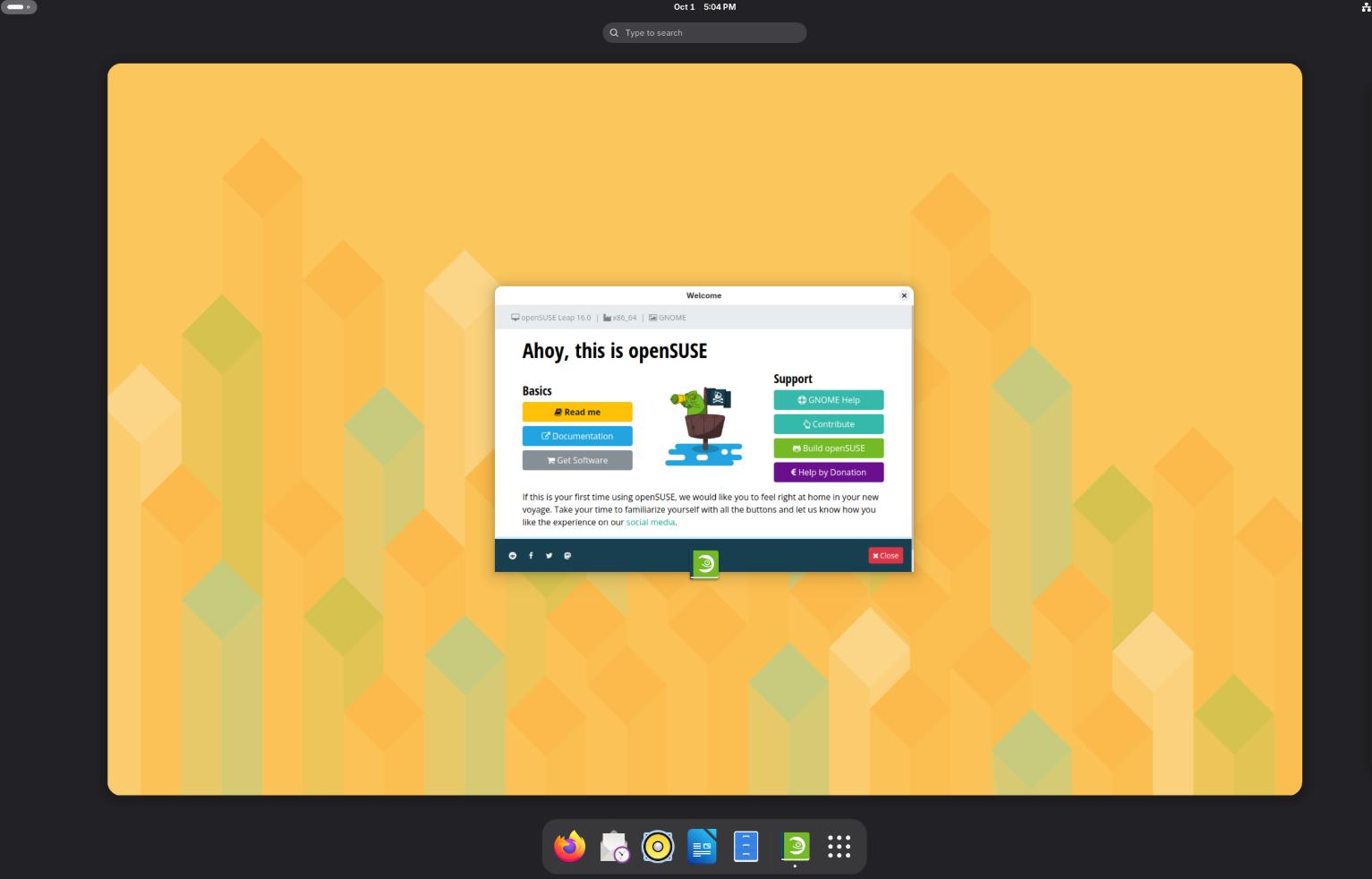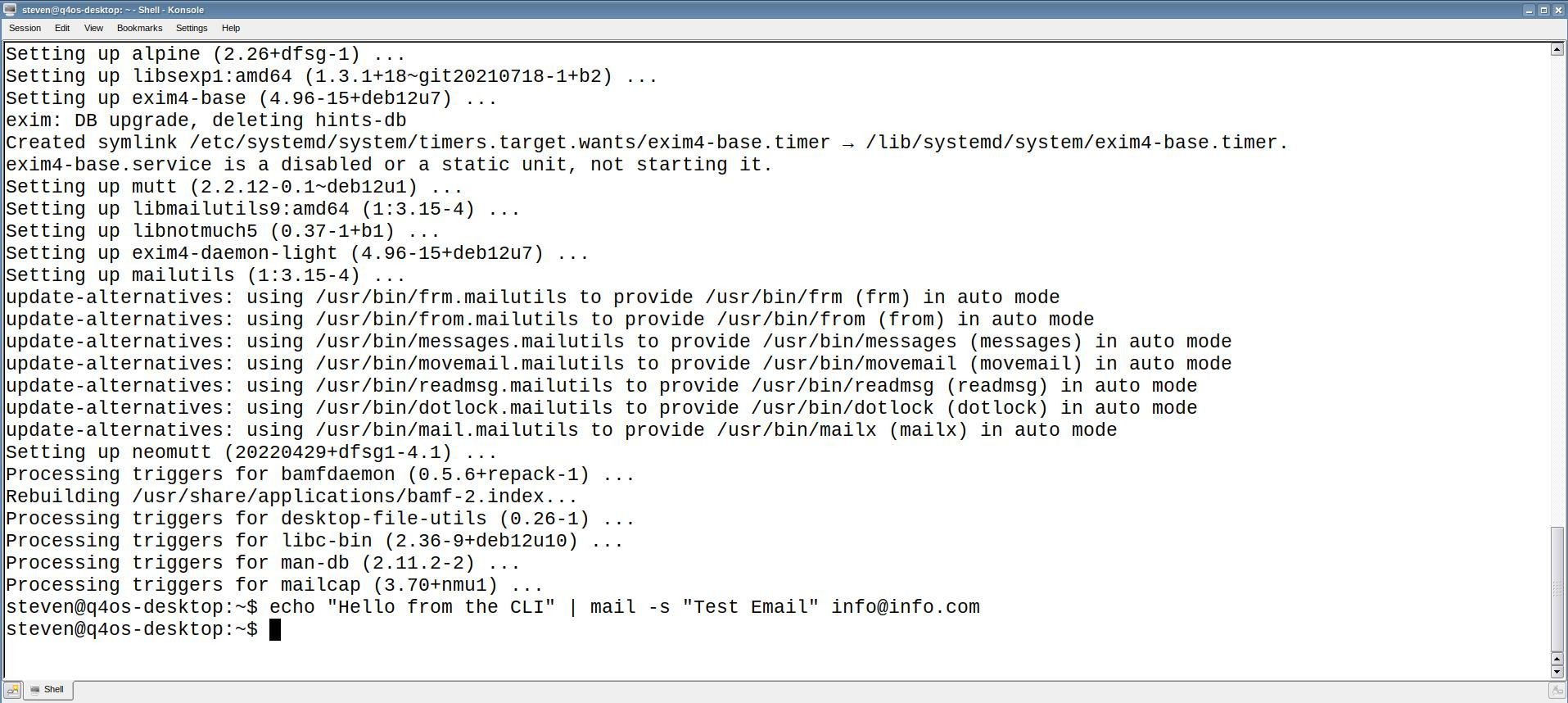TrueNAS, a robust and versatile Network-Attached Storage (NAS) operating system, has garnered widespread acclaim for its reliability, scalability, and open-source nature. Originating from the collaborative efforts of developers in France and the USA, TrueNAS supports a wide array of storage needs, catering to both personal and enterprise environments. This article delves into the key features, architecture, and branches of TrueNAS, highlighting its significance in the realm of data storage solutions.
Overview of TrueNAS
OS Type: BSD, Linux
Based on: Debian, FreeBSD
Origin: France, USA
Architecture: x86_64
Desktop: No Desktop, WebUI
TrueNAS comes in two primary branches: TrueNAS CORE and TrueNAS SCALE, each tailored to specific use cases and built on different foundations.
TrueNAS CORE
TrueNAS CORE, previously known as FreeNAS, stands out as a free and open-source NAS operating system. This community-supported branch of the TrueNAS project is based on FreeBSD and sponsored by iXsystems, a company renowned for its contributions to open-source storage solutions.
Key Features of TrueNAS CORE:
- Comprehensive Storage Support:
- TrueNAS CORE supports file, block, and object storage, making it a versatile solution for various storage needs.
- ZFS File System:
- At its core, TrueNAS CORE utilizes the ZFS file system, known for its robustness, data integrity, and advanced features such as snapshots, cloning, and data compression.
- Web-Based User Interface:
- TrueNAS CORE is managed through an intuitive WebUI, eliminating the need for a desktop environment and simplifying administration for users of all levels.
- Community Support:
- As a community-driven project, TrueNAS CORE benefits from continuous contributions and improvements from a global user base, ensuring its reliability and feature-richness.
TrueNAS SCALE
In contrast to TrueNAS CORE, TrueNAS SCALE is based on the Debian Linux distribution. This branch is designed to provide a free and hyper-converged storage solution, merging NAS capabilities with the flexibility of Linux.
Key Features of TrueNAS SCALE:
- Hyper-Converged Infrastructure:
- TrueNAS SCALE combines storage, compute, and virtualization, allowing users to deploy a unified solution for managing their IT infrastructure.
- Debian-Based Architecture:
- By leveraging the stability and vast ecosystem of Debian Linux, TrueNAS SCALE offers a familiar environment for users accustomed to Linux-based systems.
- Containerization and Virtualization:
- TrueNAS SCALE supports Docker containers and Kubernetes orchestration, enabling seamless deployment of applications and services alongside storage functionalities.
- Scalability:
- Designed to scale from small home setups to large enterprise environments, TrueNAS SCALE provides the flexibility to grow with the needs of its users.
TrueNAS Enterprise
TrueNAS also offers a commercial branch known as TrueNAS Enterprise. This version builds upon the foundation of TrueNAS CORE, adding enterprise-grade features and support to meet the demands of businesses and organizations with critical storage needs.
Key Features of TrueNAS Enterprise:
- Enhanced Support and Services:
- TrueNAS Enterprise comes with professional support, ensuring that businesses can rely on expert assistance for their storage infrastructure.
- Advanced Features:
- Additional enterprise features include high-availability configurations, enhanced security measures, and optimized performance for mission-critical applications.
- Comprehensive Management Tools:
- TrueNAS Enterprise offers advanced management tools and integrations, facilitating seamless operation within complex IT environments.
Conclusion
TrueNAS, with its CORE, SCALE, and Enterprise branches, presents a comprehensive solution for network-attached storage needs across various scenarios. Whether it’s the community-driven TrueNAS CORE, the hyper-converged TrueNAS SCALE, or the feature-rich TrueNAS Enterprise, users can find a suitable option to meet their specific requirements. By leveraging the strengths of both BSD and Linux architectures, TrueNAS continues to be a reliable and innovative choice in the ever-evolving landscape of data storage solutions.
Bazzite – The Gaming-First Linux Experience for 2025
In the ever-evolving world of Linux distributions, Bazzite positions itself boldly as a gaming-first…
openSUSE 16 Leap 2025: A New Chapter in Stability and Innovation
openSUSE 16 has opened a bold new chapter with its latest Leap release, inviting users into a future…
FydeOS 21: A Modern Chromium OS Alternative for Everyday Computing
FydeOS has gained attention as one of the most polished alternatives to Google’s ChromeOS. Built on …
Linux and the Internet of Things: Powering the Smart Future
When most people think of the Internet of Things (IoT), they picture the visible layer: smart thermo…
SELinux Demystified: A Deep Dive into Kernel-Level Security 2025
Security-Enhanced Linux (SELinux) is one of the most powerful—and often misunderstood—security mecha…
Send Email from the Linux Terminal Command Line
For many system administrators, developers, and Linux power users, the command line remains the most…





